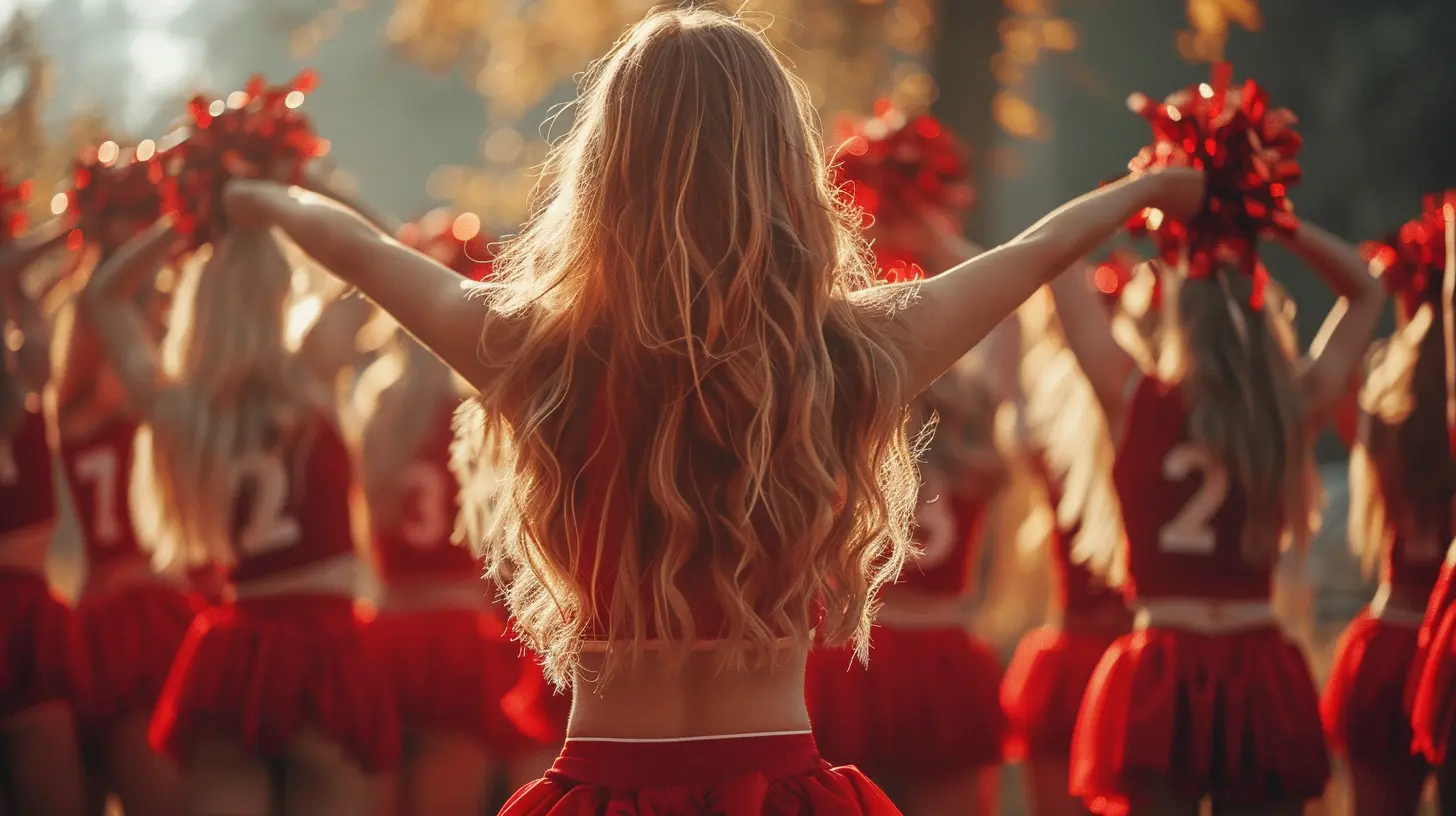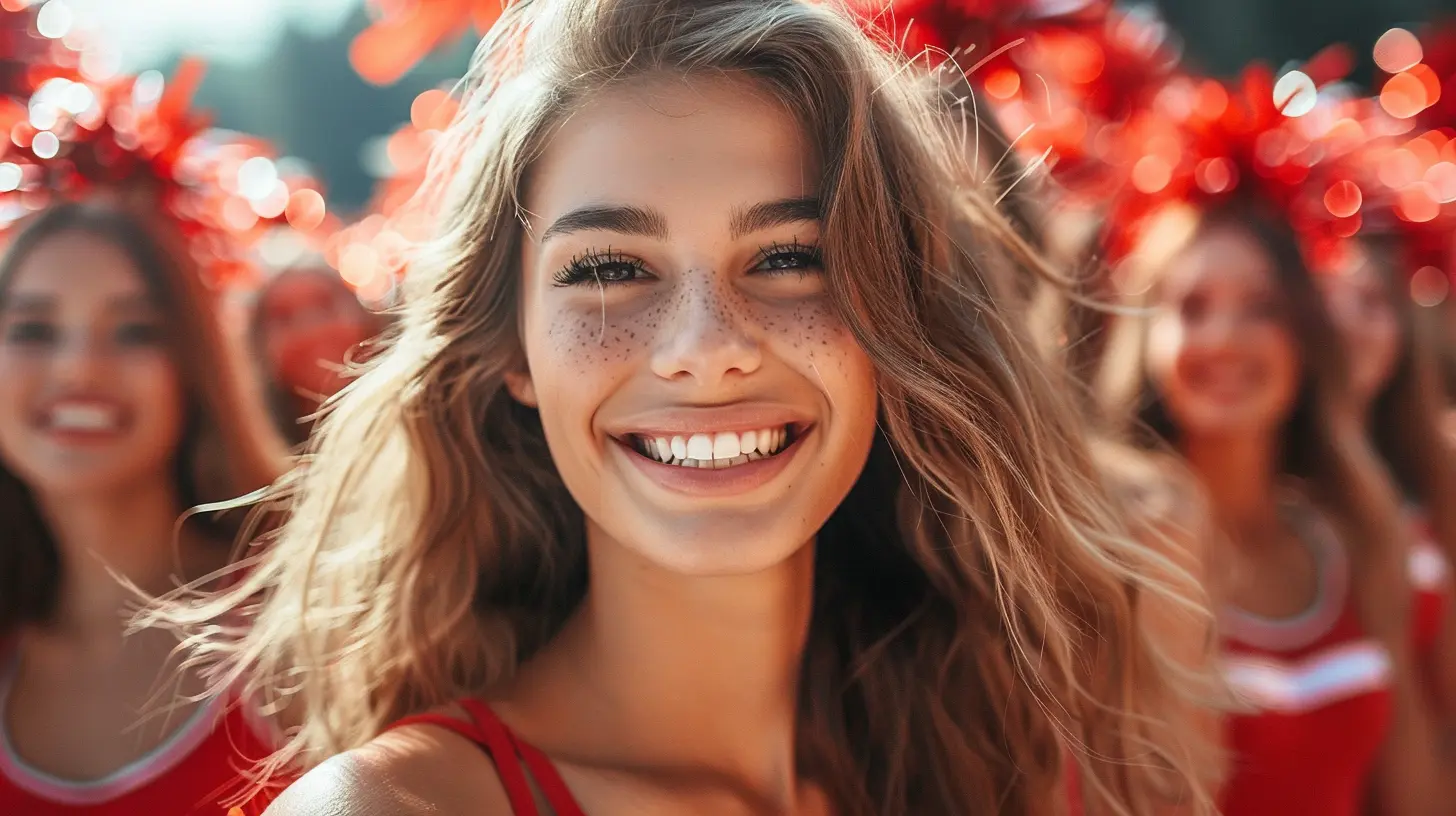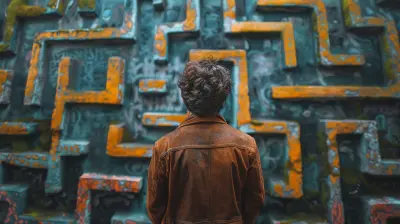The Cheerleader Effect: Why Groups Seem More Attractive Than Individuals
7 September 2025
Ever seen a group of people and thought, “Wow, they’re all really good-looking,” only to look at each person individually and think, “Wait a minute…”? Don’t worry, you’re not alone—and no, your brain isn’t broken. That mind-boggling experience has a name. Say hello to the Cheerleader Effect—a curious little psychological quirk where individuals appear more attractive when seen in a group than when viewed solo.
Yeah, this sounds like something straight out of a high school rom-com, but it's got serious science behind it. So buckle up, we’re diving into the brainy (yet oddly relatable) world of group-based illusions, human perception, and a bunch of shortcuts your brain takes without even asking your permission.
What The Heck Is The Cheerleader Effect?
Alright, let’s break this down in plain English.The Cheerleader Effect is the idea that people look more attractive in groups than they do alone. This term was made popular by How I Met Your Mother—yep, the sitcom. But the phenomenon? It’s been studied by real-deal psychologists too. Turns out, there’s a whole cocktail of cognitive processes that mess with your perception the moment you see people bunched together.
From averaging features to filling in gaps, your brain plays some sneaky tricks to make that group look like an ensemble of stunners. But what's really happening under the hood?
The Psychology Behind The Illusion
1. Visual Averaging: Your Brain Takes a Shortcut
Let’s be honest, our brains are kind of lazy sometimes. Instead of processing every face in a group separately, your brain creates an “average” face by blending everyone's features. Weird, right?Now, here’s the kicker: research shows that average faces are usually perceived as more attractive. This mental mash-up of symmetrical noses and well-aligned eyes tricks you into thinking the group as a whole is more appealing than any individual in it.
Think of it like a smoothie—you mix a bunch of okay fruits together and end up with something surprisingly delicious.
2. Selective Attention: You Notice the Pretty Parts First
Humans are hardwired to notice beauty. That’s not superficial—it’s evolutionary. When you look at a group, your attention is naturally drawn to the most attractive members first. Your brain then kind of glosses over the rest.It’s like window shopping. You spot one designer item in the display and assume everything inside the store must be just as fabulous. Spoiler alert: it usually isn't.
3. Gestalt Principles: The Whole Is Greater Than The Sum of Its Parts
You might remember this from your high school psych class. The Gestalt theory basically says our brains prefer to see things as part of a whole rather than as separate pieces.So what does that have to do with attractiveness? Simple. When you see a group, your brain doesn’t just see individual people; it sees an overall vibe. And if that group gives off a good, synchronized energy, you’re more likely to rate them (and each person in it) as more attractive.
Science Says You’re Not Imagining It
This isn’t just pop psychology or some internet myth.In 2013, a study from the University of California, San Diego confirmed the Cheerleader Effect is a real, measurable thing. Researchers found that people consistently rated individuals as more attractive when they appeared in a group than when they were shown alone.
And it doesn’t stop there. Later studies have replicated these findings across cultures and age groups. This effect shows up whether you're scrolling Instagram, scanning a Zoom call, or watching a TV show ensemble cast.
Bottom line: your brain is playing tricks on you, and you probably didn’t even notice.
The Digital Twist: How Social Media Amplifies The Cheerleader Effect
Alright, let’s talk about the digital age—where the Cheerleader Effect thrives like a houseplant in perfect sunlight.When you post a picture with your squad on Instagram, you're not just sharing a memory. You're also (perhaps unintentionally) benefiting from the group-enhanced aesthetic. Group selfies? Friend collages? TikTok videos with your crew? Yep, all heavy hitters thanks to this effect.
Social media is basically built on these brain biases. And let’s be real, we all want to look our best online. Even the influencers, models, and celebs get a little help from the herd.
Why This Matters (More Than You Think)
Sure, this might seem like a quirky, fun fact. But there's more here than meets the eye.Understanding how and why we perceive attractiveness differently in groups can help us become more aware of our unconscious biases. It’s also important in contexts like:
- Dating: Ever swiped right on someone based on a group photo, then got catfished by reality? Blame the Cheerleader Effect.
- Hiring: First impressions in team interviews may be skewed. Don’t be fooled by the company someone keeps.
- Marketing: Brands use groups in ads for a reason—you're more likely to be drawn in by a group of happy people than just one.
- Self-Esteem: Comparing ourselves to group images can take a toll. Being mindful of this illusion might just help you ditch the comparison game.
And honestly, who wouldn’t want a clearer lens through which to see the world?
Can You Hack The Cheerleader Effect?
Alright, so now that you know the game, can you play it?You bet. Here are some sneaky (but ethical) ways to use this effect to your advantage:
1. Choose Group Pics for Profiles
Dating apps, LinkedIn, Facebook—you name it. Group shots can give you that subtle glow-up by association. Just don’t be that person with seven group photos and no clue who you actually are. (We see you. Stop it.)2. Surround Yourself with Energetic People
Confidence is contagious. When you're part of a lively, fun, cohesive group, people will naturally find you—all of you—more appealing. It's not just about looks; it's the vibe.3. Use Group Settings to Boost First Impressions
Whether it’s networking events, parties, or business pitches, showing up with a crew can do wonders. People might not even realize why they liked you, but their brain will lean in your favor from the jump.Are There Exceptions To The Rule?
Like everything in psychology, the Cheerleader Effect isn’t foolproof.If your group lacks symmetry, cohesion, or if you’re standing out for the wrong reasons (bad posture, awkward face, weird outfit), the effect might backfire. Also, some people are just born skeptics and naturally tend to analyze individuals more critically.
Plus, the effect can differ based on gender, culture, and even personality traits of the viewer. So yeah, science gives us patterns, not guarantees.
The Takeaway: Your Brain Isn’t Lying, It's Just Lazy
At the end of the day, the Cheerleader Effect reminds us that perception isn’t always reality. Your brain is constantly serving up edited, filtered versions of the world in order to process info quickly.It’s like a Snapchat filter for your perceptions—fun, flattering, but not always the full truth.
But now that you know what’s going on? You can stop falling for the illusion—or use it wisely. Whether you’re choosing your next profile pic or just trying to understand how human connection works, this little trick of the brain has big implications.
So the next time you catch yourself thinking, “That group looks awesome”—pause, breathe, and maybe double-check.
They could be hot. Or they could just be a perfect storm of brain magic.
all images in this post were generated using AI tools
Category:
Psychological BiasAuthor:

Matilda Whitley
Discussion
rate this article
1 comments
Peter Rocha
In a dance of shadows, beauty blooms, Together we shine, dispelling all glooms. In shared laughter, allure takes flight— Unity's charm reveals the light.
September 7, 2025 at 3:16 PM

Matilda Whitley
Thank you for capturing the essence of the cheerleader effect so beautifully! Your words truly reflect how unity enhances attraction and joy.


